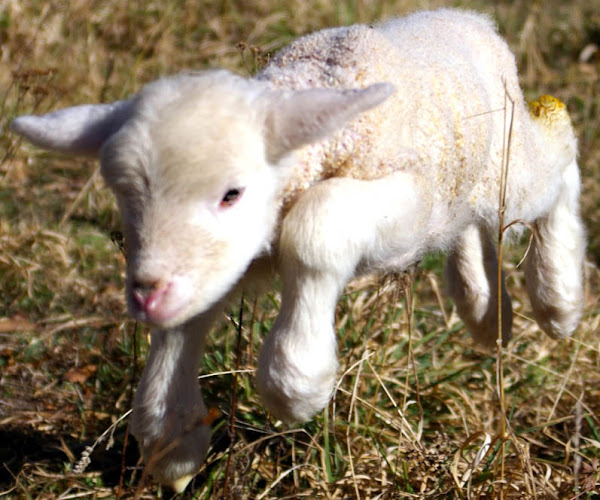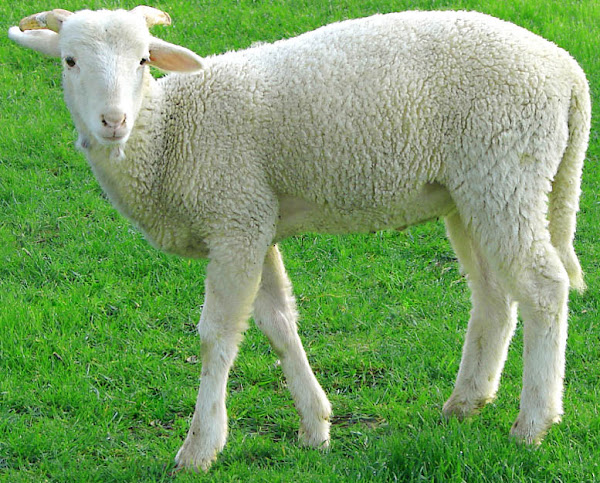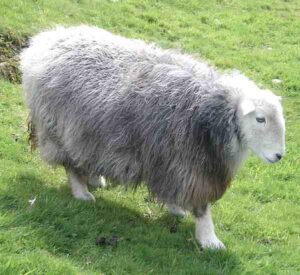You may need to bottle feed a lamb sometimes if you have orphaned lambs, if it’s mother dies in birth or if it’s mother rejects the baby for any reason.
For ensuring the lamb survives, you must have to begin bottle feeding it as soon as possible. As you know, a lamb’s primary source of nutrition is milk.
And a hand-raised or bottle-feed lamb must be fed milk from a bottle. By the way, there are some some rules that you need to follow to bottle feed a lamb. Here we are describing more about the steps of bottle feeding a lamb.
How to Bottle Feed A Lamb?
It’s a good decision to consult with a vet before starting to bottle feed a lamb. An experienced vet can tell you exactly what the lamb needs and he/she will also tell you about it’s caring procedures.
You will probably need to obtain colostrum replacer to bottle feed a lamb. Colostrum is actually the first type of milk a ewe produces after giving birth and it’s vital to the health and well-being of a lamb.
Colostrum is also very important because it contains high levels of nutrients and it also protects against a variety of infectious agents.
Lambs need colostrum because they do not carry antibodies at birth. And colostrum help them to develop antibodies and combat potential infections.
A lamb generally require around 10 percent of colostrum after birth (during the first 24 hours of life). You need to purchase colostrum replacer as soon as possible if the lamb has been rejected by it’s mother or abandoned.
By the way, it’s a good idea to have colostrum replacer on hand at all times if you raise lambs. But in case you need to bottle feed a lamb over 10-13 weeks of age, you will need milk replacer.
You can easily purchase both colostrum and milk replacer any store that sell livestock feed. When buying milk replacer, you have to ensure that it is specifically prepared for lambs.

Whether you are going to bottle feed a lamb colostrum replacer or milk replacer, you will need to prepare the bottle first. You can easily fed a lamb with an 8 ounce baby bottle with a rubber nipple.
In case of feeding colostrum replacer, fill the bottle with 10 percent of the lamb’s weight in colostrum and feed this to the lamb within it’s first 24 hours.
And during it’s first 24 hours, it will be better if you can feed the lamb every two hours. But you can use your own formula in case of bottle feeding the lamb with milk replacer. Don’t forget to sterilize the bottles and nipples on a regular basis. However, read more information below about ‘how to bottle feed a lamb’.
1. Follow A Feeding Schedule
First of all, you have to form a feeding schedule depending on the age and size of your lamb. And you should always follow the schedule for feeding your lamb.
The lamb should receive colostrum for the first 24 hours of it’s life. And it will be better if you can feed the lamb every two hours during this first stage of life.
After the first stage the lamb should be fed around 140 ml every four hours, then around 200 ml every 6 hours (this can vary depending on the size of lamb and breed).
You can gradually begin increasing the amount of milk you feed your lamb, once 2 weeks passed (heat the milk replacer first).
2. Feeding the Lamb
You can feed your lamb once you have the milk measured and prepared. To bottle feed a lamb, hold it’s head up (allowing it to stand) and let it feed.
The lambs should be feed standing up. While feeding, do not cuddle or hold the lamb, because this could result in a clot in it’s lung. Generally the lamb will suckle instinctively. But in case if the lamb is not suckling, pressing the bottle’s nipple against it’s lips should encourage it to feed.
Recommended: bottle feeding dwarf goats.
3. Offer Water & Food
You should offer the lamb fresh water, grass and hay after the first week along with bottle feeding. You should let the lamb eat and drink as it desires. And if the lamb is strong enough, then you can let it out to graze with the rest of the flock. Doing this will help the lamb to begin socializing with other sheep in the flock.
4. Increase the Amount of Milk
You should increase the amount of milk every two weeks. For example, after second week you can feed the lamb 500 ml four times a day, and after fourth week increase the amount to 700 ml a day for three times. But you should begin decreasing the amount of milk after it’s 5-6 weeks of age.
5. Weaning the Lamb
You should wean the lamb by it’s 13 weeks of age. And then it should transitioned into a diet of grass, hay, other feeds and water.
It will be good if you can feed the weaned lambs with such food that contain at least 16-18 percent crude protein. Do not feed your lamb alfalfa hay just after weaning.

Because alfalfa hay increases the chance of bloat which is a common condition in livestock that causes excess gas and discomfort.
Hope this guide has helped you. Good luck and may God bless you!







Bottle feeding is very easy than my expectations. I was thinking that this will be a challenging task for me. But it is super easy for me now. Thank you!